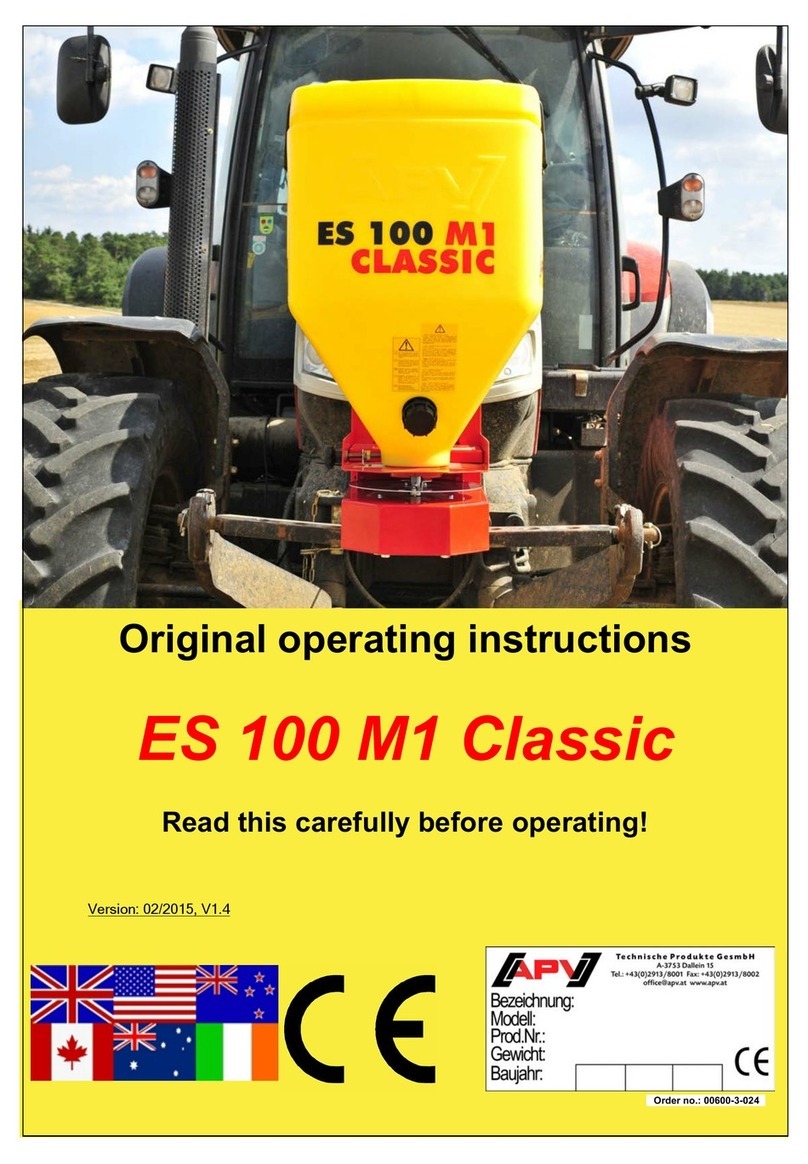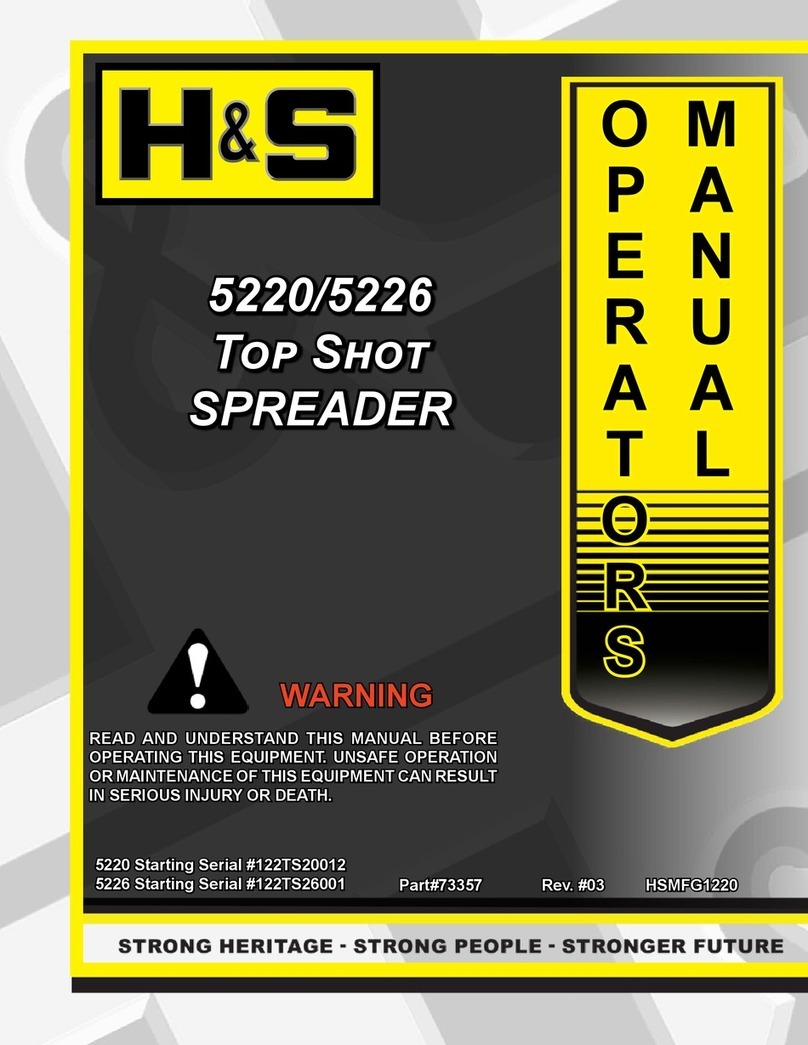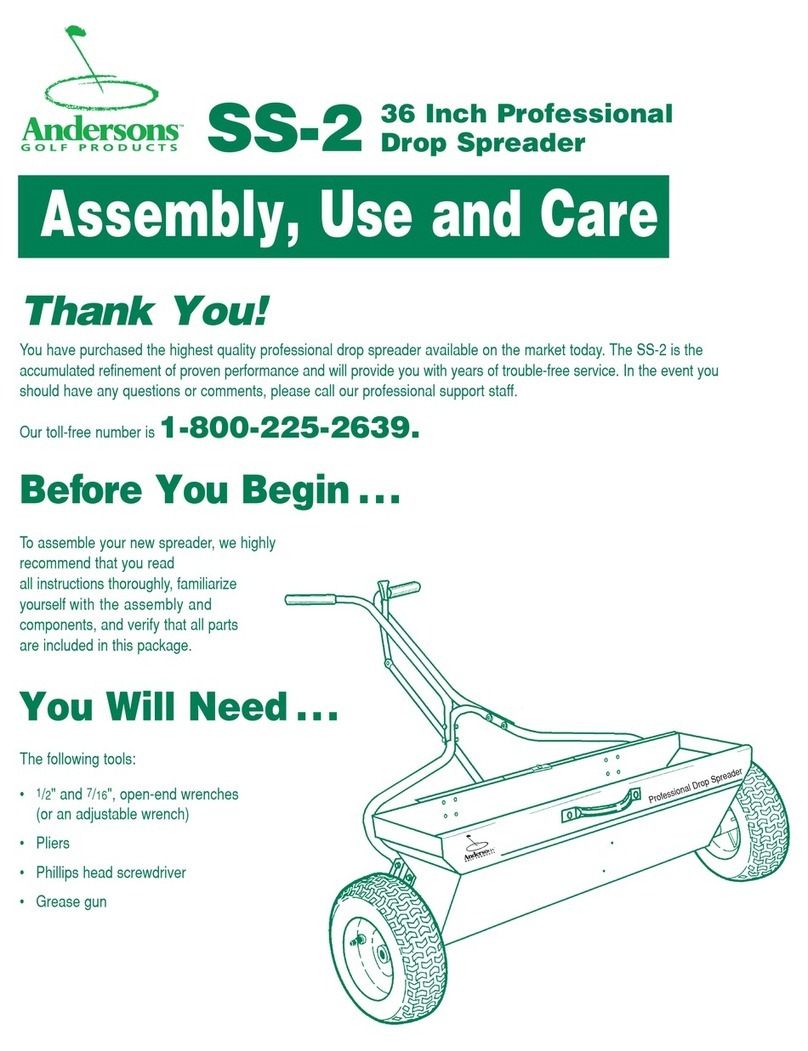
CONTENTS
S a f e t y
I n f o r m a t i o n . . . . . . . . . . . . . . . . . . . . . . . . . . . . . . . . . . . . . . . . . . . . . . . . . . . . . . . . . . . . . . . . . . . . . . . . . . . . . . . . . . . . . . . . . . . . . . . . . . .
3
Safe Operation Needs A Qualified Operator
.......................................................................................4
Importance of Safety
.............................................................................................................
4
Operation...............................................................................................................................
6
General Information
..............................................................................................................................................6
Pre-Operation Inspection ..............................................................................................................6
Atta ch ment Inspecti on
.. . . .. . . .. .. . . .. . . .. . . . .. .. . . .. . . .. . .. . . .. . . .. . .. . . .. . . .. . . .. . .. . . .. . . .. . .. . . .. . . .. .. . . .. . . . .
7
Daily Inspection..............................................................................................................................7
Monthly Inspection ....................................................................................................................7
Attachment Identification..................................................................................8
Attachment Installation .............................................................................................9
Entering The Operator’s Position
.....................................................................9
Leaving The Operator’s Position
.....................................................................................
9
Connecting the Attachment to the Machine
....................................................................9
Connecting Hydraulic Hoses.......................................................................................................................
10
Disconnecting Hydraulic Hoses
.....................................................10
Disconnecting the Attachment from the Machine...................................................................................
11
Sidewalk Skirt Kit Installation............................................................................................................11
Installation ............................................................................................................................11
Operating The Attachment ................................................................................................................12
Machine Requirements ................................................................................................................12
Material Gate Adjustment............................................................................................................ 12
Operation.....................................................................................................................................12
Maintenance
...........................................................................................................................................
15
Lubrication .....................................................................................................................................15
Cleaning The Attachment.................................................................................................................. 16
Storage And Return To Service .................................................................................................16
Storage .........................................................................................................................................16
Return to Service ..........................................................................................................................17
Attachment Specifications ...........................................................................................17
Sidewalk Skirt Kit Dimensions............................................................................................................17
Heavy Duty Spreader Dimensions ............................................................................................18
Performance ........................................................................................................................19
Diagram and Parts List .........................................................................................20
W W W . T M G I N D U S T R I A L . C O M P 0 2 / 2 1 T o l l F r e e : 1 - 8 7 7 - 7 6 1 - 2 8 1 9



























